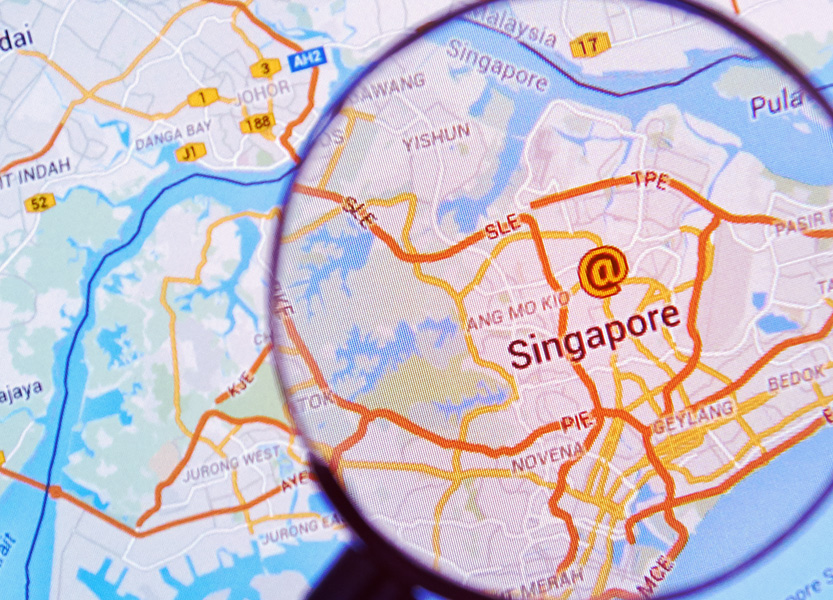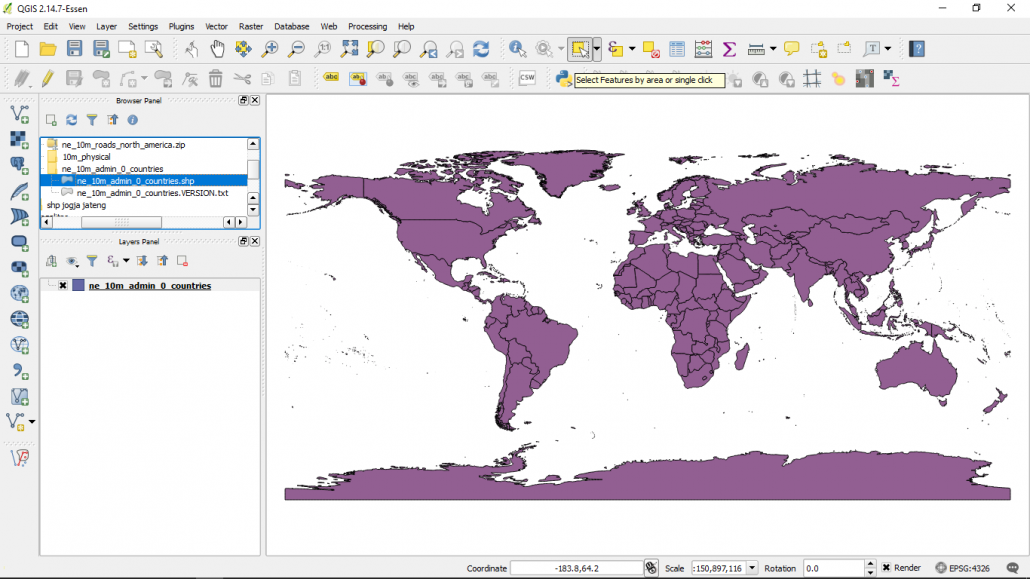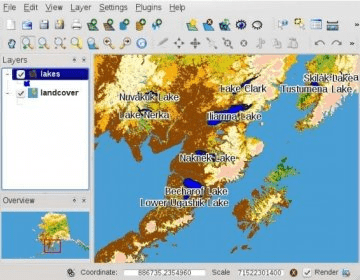

Mouse position, current page number and a combo box to set the zoom level. In the bottom part of the Print Composer window, you can find a status bar with Finally, you can save your print composition with the Save Project button.The Atlas generation tab allows you to enable the generation of anĪtlas for the current Composer and gives access to its parameters.Item Properties tab and customize the settings for the selected Click the Select/Move item icon to selectĪn item (e.g., legend, scale bar or label) on the canvas. The Item Properties tab displays the properties for the selected.In this tab, you can also customize settings for grid and smart guides. This meansĪll items will be converted to raster before printing or saving as PostScript or PDF. Furthermore, youĬan also activate the Print as raster checkbox. The Composition tab allows you to set paper size, orientation, the pageīackground, number of pages and print quality for the output file in dpi.Redo layout steps back and forth to a certain status. With a mouse click, it is possible to undo and The Command history tab displays a history of all changes applied.The Items tab provides a list of all map composer items added to the canvas.The upper panel holds the tabs Items and Command History and the lower panel holds the tabs Composition, Item properties and Atlas generation. On the right beside the canvas you find two panels. Toolbar can be switched off and on using the right mouse button over the toolbar. See a list of tools in table_composer_1: IconĪll Print Composer tools are available in menus and as icons in a toolbar. Finally, generating several maps based on a template can be done through the atlas generator. You can save the layout as a template and load it again Working properly with some recent Qt4 versions you should try and check
#Print map quantum gis pdf
Or exported to image formats, PostScript, PDF or to SVG (export to SVG is not You can size, group, align, position and rotate eachĮlement and adjust the properties to create your layout.

Shapes, arrows, attribute tables and HTML frames. You to add elements such as the QGIS map canvas, text labels, images, legends, scale bars, basic The Print Composer provides growing layout and printing capabilities. This is a powerfull way to share geographical information produced with QGIS that can be included in reports or published. Come early if you need assistance loading QGIS.With the Print Composer you can create nice maps and atlasses that can be printed or saved as PDF-file, an image or an SVG-file. It is highly recommended to bring your power cords, extension cord, and/or powerstrips for your laptops. This class normally fills so be sure to arrive before the class start time. UNC students, faculty, and staff will need to have their PID. QGIS runs on Windows, Mac, and Linux systems. At the end of the course, students will have a general ability to use QGIS and GRASS, and can continue learning on their own using the data and tutorials provided.

#Print map quantum gis download
Students should download QGIS ( before the class, and will download the sample data and tutorials (QGIS includes a current version of GRASS) at the start of the class. Laptops are required for this course, no computers are in the room. You can attend just the first, first two, or all dates.

Part 3 on Friday will focus on the GRASS GIS and other advanced tools available through the QGIS Processing Toolbox within the QGIS interface. Topics covered will include the GRASS vector and raster data formats, GRASS vector, raster, and imagery analysis, GRASS 3-D data (voxels), the raster map calculator, the print composer, and other GRASS capabilities. We will also cover the QGIS website, tutorials, listserv, discussion groups, sources of help, etc. Part 2 on Wednesday will continue our work with QGIS, including using the vector, raster, and web analysis functions, using the print composer. Topics to be covered include: the QGIS user interface, loading vector and raster files, QGIS plug-ins, web mapping functions, QGIS data manipulation, icons and pull-down tools, basic data manipulation, working with attribute tables, and general familiarity with QGIS. The first session on Monday will be a general overview and introduction to the benefits of Open Source GIS in general, to QGIS in specific, and will include our first hands-on session with QGIS. This is a three-part, hands-on GIS course. NOTE: This workshop will be held in-person on the 2nd floor of Davis Library, with an option to join virtually through Zoom.


 0 kommentar(er)
0 kommentar(er)
